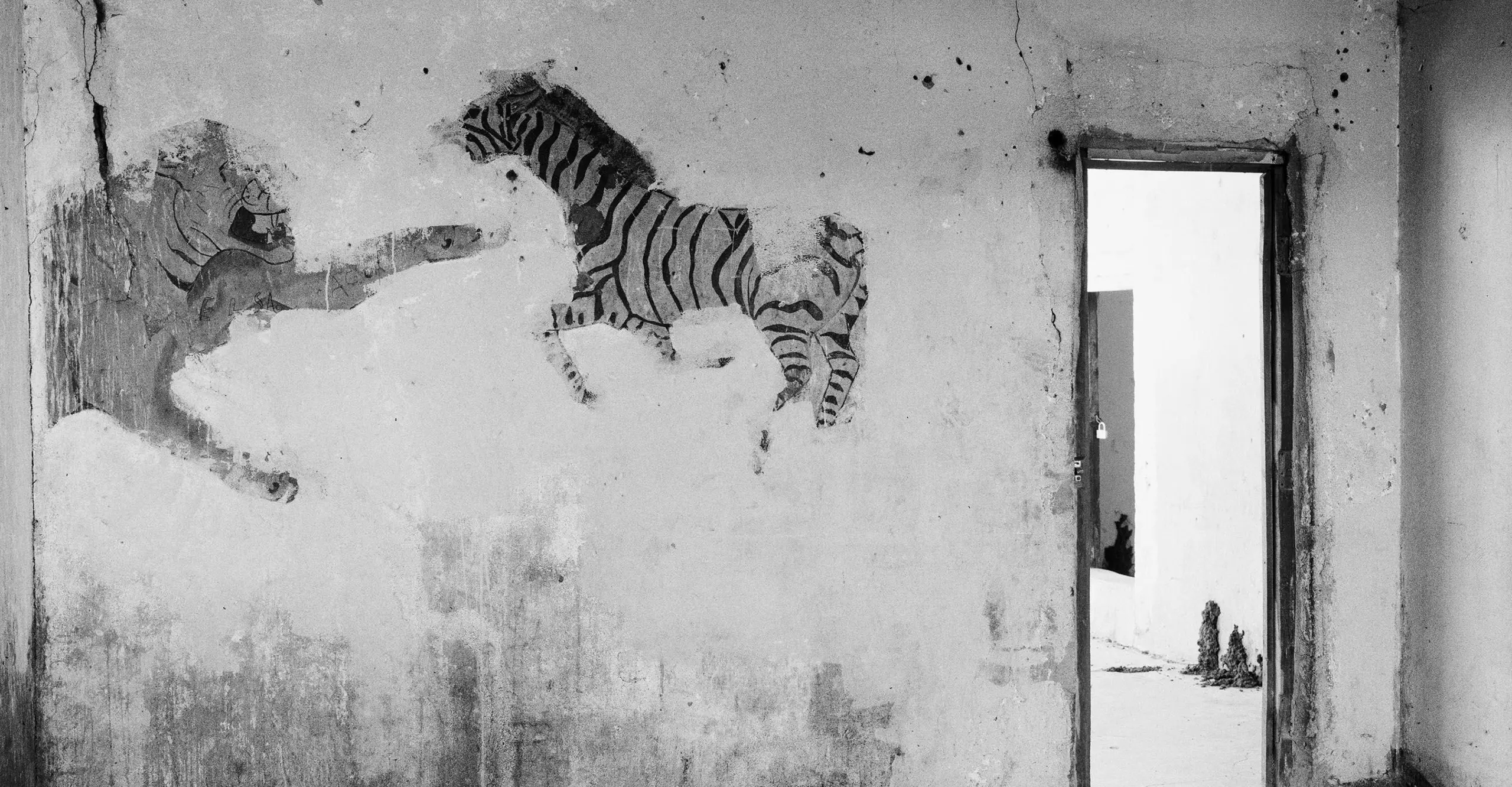Hear DBPFP2022 nominee Jo Ractliffe and artist Hrair Sarkissian in this public talk as we discuss the complexities of the social documentary genre, looking at the quiet poetics and realities in the aftermath of war and violence. This discussion will be moderated by art historian Tamar Garb.
Details on how to access the talk will be confirmed upon registration. Please check your junk folders if you haven't received an email from TPG staff confirming your place.
Biography
Tamar Garb is the Durning Lawrence Professor in History of Art at UCL. Her research interests have focused on gender and sexuality in European art as well as on contemporary art, and the history of lens-based practices in Africa. Key publications include Sisters of the Brush: Women’s Artistic practices in Late Nineteenth Century Paris (1992), Bodies of Modernity: Figure and Flesh in Fin de Siecle France (1996), and The Painted Face: Portraits of Women in France, 1814-1914 (2007). Recent curatorial projects include: Figures and Fictions: Contemporary South African Photography (V&A, 2011); Distance and Desire: Encounters with the African Archive (Walther Collection, 2015) and William Kentridge and Vivienne Koorland: A Conversation in Letters and Lines (Edinburgh, 2016).
Jo Ractliffe (b. 1961, Cape Town, South Africa) is one of this year's nominees for the Deutsche Börse Photography Foundation Prize, shortlisted for her publication Photographs 1980s - now, published by Steidl/The Walther Collection, 2021 – an extensive monograph comprising photo-essays, early works and newly published images which reflect on the literal and figurative landscape of post apartheid South Africa.
Hrair Sarkissian's photographic practice is characterised by an element of search, as well as the dichotomy of visible/invisible. The search relates to answers about his personal memories and history, while the engagement with what is visible and what is not comes as a re-evaluation of larger historical, religious and social narratives. The invisibility versus visibility is evident in Hrair’s often deserted landscapes and locations, devoid of human presence yet filled with human existence. Mankind’s intervention is, although invisible, tangible through the buildings undergoing construction or the ruined cityscapes, remnants of conflict.
